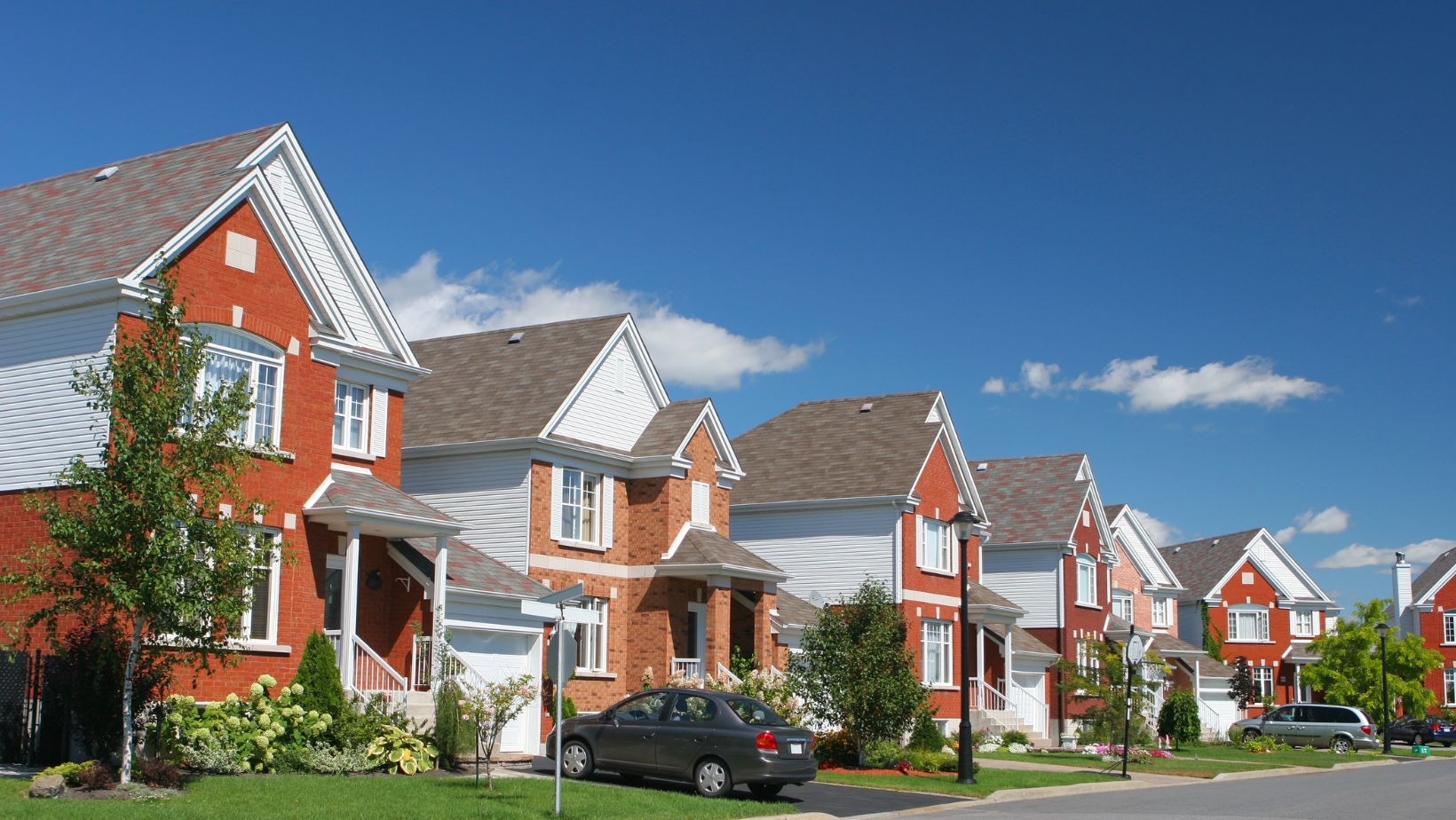
Feeling safe in a community (gated or not) isn’t solely about having waist-high white picket fences and well-lit streets. Rather, it’s understanding the happenings around you, starting at the ground level, to make informed decisions about your living situation. To what end? Simply to ensure your safety and well-being and that of your loved ones.
Let’s face it: When it comes to safety, assumptions and sentiments are no match for cold, hard facts. With that said, here are some ways to tell if a vicinity checks all the boxes you need to make a confident move.
Low Number of Sex Offenders
There’s no bargaining with this one. If your neighborhood is known for having an unusually high number of sex offenders (especially living near a school, park, or other public places frequented by kids), the risks are self-explanatory. According to the National Center for Missing and Exploited Children, there are 917,711 registered sex offenders in the U.S. and its surrounding territories, but their distribution varies greatly by area.
A lower concentration (preferably zero, if possible) of these offenders in your community provides peace of mind, especially if you have kids. There are several platforms that can help you find out the number of offenders living in any given vicinity, such as NSOPW.gov.
Alternatively, you can run a free reverse address search or visit your state’s official sex offender registry, local sheriff’s office, or police department to find more detailed information on this.
Low Crime Rate
Let’s not sugarcoat it; criminal activity is inevitable. Whether it’s a residential neighborhood or a commercial one, burglary, auto theft, and various forms of fraud happen here and there—in some areas more than others. However, areas with low crime rates are your first clue that they are relatively calm and secure.
Don’t rely on hearsay though; check crime statistics on websites like MyLocalCrime.com and CrimeReports.com. They give you the lowdown on the types of crime (violent or non-violent) and the average number of incidents for specific periods in your area. After all, numbers don’t lie.
Police Activity
This one might seem like a head-scratcher as you’d think police activity equals trouble, right? Not always. A moderate and consistent police presence often means law enforcement is on top of their game, patrolling regularly and keeping potential issues in check. But—and this is key—if you notice frequent police calls, especially at odd hours, it could be a red flag. Trust your gut and find out more about what’s actually going on.
Neighborhood Watch Groups
Picture a group of neighbors banding together to keep the area safe. They’re not just casually peeking through the blinds; they’re organized, proactive, and in direct communication with local law enforcement. That’s what a solid neighborhood watch group looks like. These groups create a network of watchful eyes that can deter suspicious activity before it escalates.
Many communities have neighborhood watch signs that are a warning to would-be troublemakers that residents are paying attention. What’s more, studies have shown that neighborhoods with active watch programs experience up to a 16% decrease in crime, which isn’t surprising, considering that the groups behind these programs make everyone feel more connected and secure.
So, if your community doesn’t have one yet, consider starting one. Platforms like Nextdoor or Facebook Groups make it easy to rally neighbors and share updates.
Well-Kempt Properties
Ever noticed how neighborhoods with clean, well-maintained homes and lawns just feel safer? That’s no coincidence. It’s common knowledge that when residents take pride in their homes, they’re less likely to tolerate anything (or anyone) that could jeopardize their community’s safety. Sights of broken windows, piled-up trash, overgrown yards, and abandoned properties only spell one thing: a sign of trouble brewing.
High-Value Property
Sometimes, people just don’t have any real insight into the best areas, but they know that a higher property value usually means that things are good.

And this is true in many cases, as those living in such a community are most likely putting their money where their mouth is—building great schools, parks, and businesses. That, combined with the pride of ownership, leads to less crime and more responsible neighbors.
Community Events
There’s nothing like a neighborhood that comes alive with events. Whether it’s a block party, a farmers’ market, or even a holiday lights competition, these gatherings are more than just fun—they’re a sign of a safe and tight-knit community. Why? Because people who take the time to organize and attend these events are invested in their neighborhood. They know their neighbors, build trust, and create an environment where everyone is their brother’s keeper, which, as per studies, can reduce crime rates by up to 45%.
Flourishing Local Businesses
The pulse of any healthy locality is in its thriving indigenous businesses. In other words, when you see a bustling coffee shop, a cozy bookstore, or a popular restaurant, you can tell that there is an economic stability and safety in its situated environment for a good reason. No business will set up a shop in an area with high crime rates and low foot traffic, regardless of whatever incentives the city or state offers.
Areas, where crime is at an all-time low or nonexistent and with plenty of foot traffic, will likely attract more visitors, create job opportunities, and foster a sense of pride among residents, thanks to the presence of diverse and vibrant local businesses.
Children Playing Outside
This one is a big deal to any family-oriented person. Here’s why: when you see kids playing outside (whether biking down the street or playing fetch with their dogs at a local park), it’s a sign that their parents feel comfortable letting them explore their surroundings, which speaks volumes about the neighborhood’s safety. You can tell that the area is family-friendly and community-focused, a green flag for you to move in and raise your family.
Street Lighting
Dark, shadowy corners might work for a horror movie, but they have no place in a safe neighborhood.

For an area to be considered safe, it should—among other factors—have well-lit streets and public spaces that make it easier for residents to feel secure while walking at night and also serve as deterrents for criminal activity. If your neighborhood ticks this box, it’s a major win.
Conclusion
While these tips will go a long way in helping you ascertain if a neighborhood is safe, remember that your intuition also plays a significant role. That’s because there are no hard and fast rules on what qualifies as safe; everyone has their definitions. However, using the right tools and pointers we’ve provided in this guide as a template for making informed decisions will definitely give you an edge.







